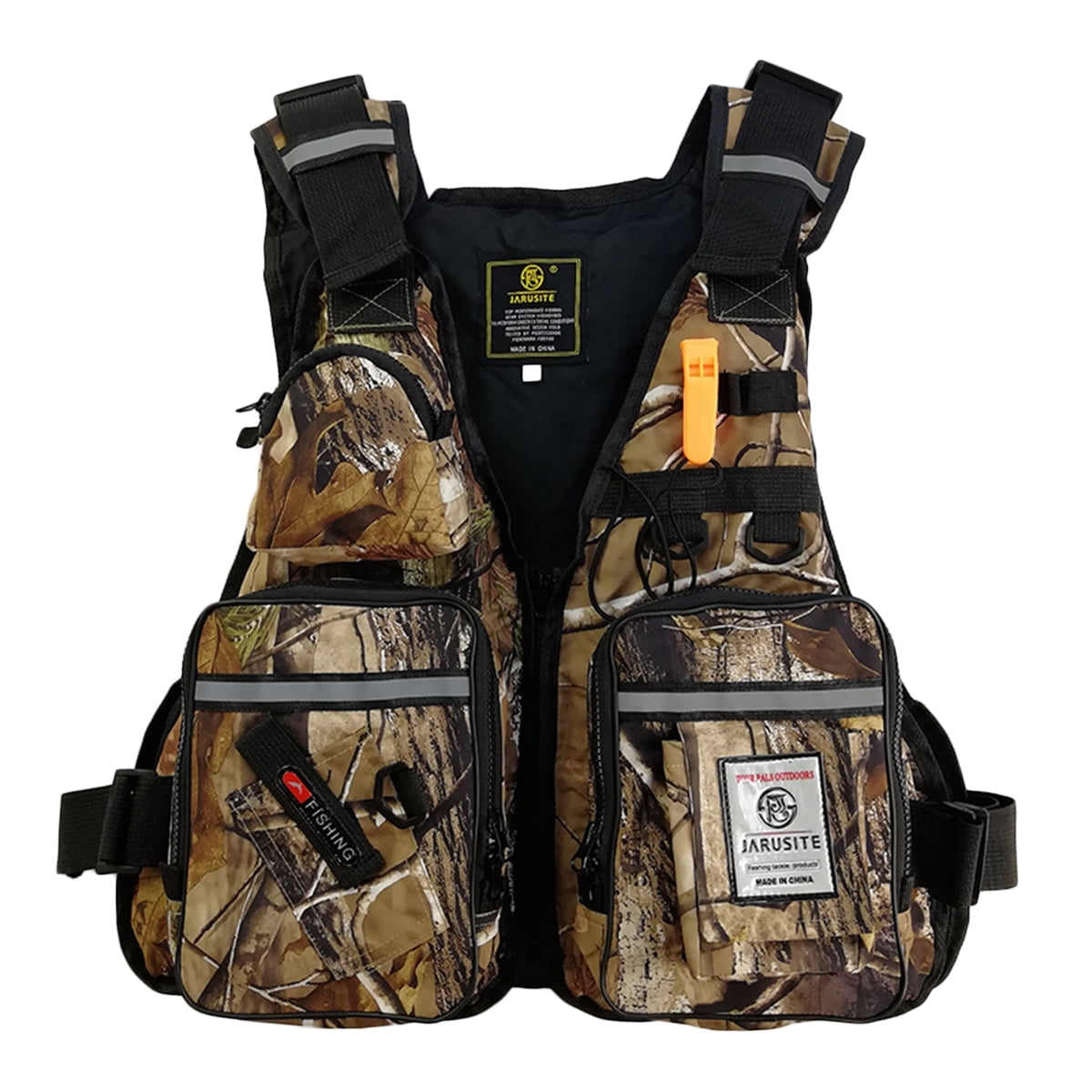

Moreover, you must also have a PFD that can be thrown. Type IV – If you are travelling in a boat longer than 16’,you must have a Type IV life jacket. Common uses of this PFD inflatable jacket is for water skiing, canoeing, angling and kayaking. A Class III jacket offers more comfort than both Class I and Class II. A Category III provides buoyancy of 15.5lbs. This category of jacket has the greatest array of designs and styles. Type III – A Type III jacket is the most common for kayakers and sailors. already inflated), or it can be inflatable. A Type II can be inherently buoyant (i.e. This is the category of life jacket you will typically see on small cruise liners or other light craft. These security devices are generally uncomfortable. It has an archaic design – orange padding with a single security strap. Type II – This category of life jacket is another you should not need to consider. A Type I is best suited for remote locations and rough waters – this jacket also provides the greatest heat retention for your body. This category of the jacket is usually intended for commercial vessels – it is rarely used for recreational purposes. Type I – You should not need to use a Type I life jacket when fishing. Understanding the type is required for choosing a PFD. The US Coast Guard defines these categories from Type I through to Type V. Let’s take a look at common features of PFDs including the category, material, adjustability, pockets, and protection:įishing PFDs and life jackets, are split into several categories. These devices range from simple floatation aids, through complex life jackets with anti-hypothermia protection. In the paragraphs below, we share more info about the best inflatable PFD for fishing:Ĭhoosing the best inflatable PFD for fishing On the flip side, if you are a confident and strong swimmer, you may feel comfortable wearing a basic PFD instead. If you have little to no swimming experience, you will need a high quality PFD – this is an absolute necessity. Alternatively, if you are open water fishing, your safety device must be high quality – if you fell overboard, you would need a sturdy life jacket to battle against the sea.Īlso look at your own strength. For example, if you simply fish at the side of a pond or lake, you will not need a high quality safety vest. Where you fish, has a large impact on the category of inflatable safety vest for angling you buy. Furthermore, consider your own swimming capabilities and strength. So what considerations should you look at when choosing the best inflatable PFD for fishing? Consider where you will be angling, what category of vessel you will sail in, and what you are comfortable wearing. As you read on, you will learn about what makes the best inflatable PFD for fishing and the different features these safety devices have. We will share this knowledge in the paragraphs below. Sometimes it can be overwhelming! We understand this and are here to help! We have fantastic knowledge of angling safety devices such as inflatable vests. Moreover, there are many styles – from simple floatation devices, through fully inflatable jackets.

Different manufacturers make various life jackets and models. We know when making a decision, you are confronted with a myriad of options. This is why it is important you purchase an inflatable life vest for fishing. Fishing on a lake or a river can be dangerous enough and fishing in the sea or waters with strong currents can be even more so. When you jump into a boat or kayak, you must feel secure! Imagine if you capsize and don’t have a life vest to help keep you afloat? Even if you are a strong swimmer, you may struggle. Safety is one of the most important factors of fishing on open waters.


 0 kommentar(er)
0 kommentar(er)
